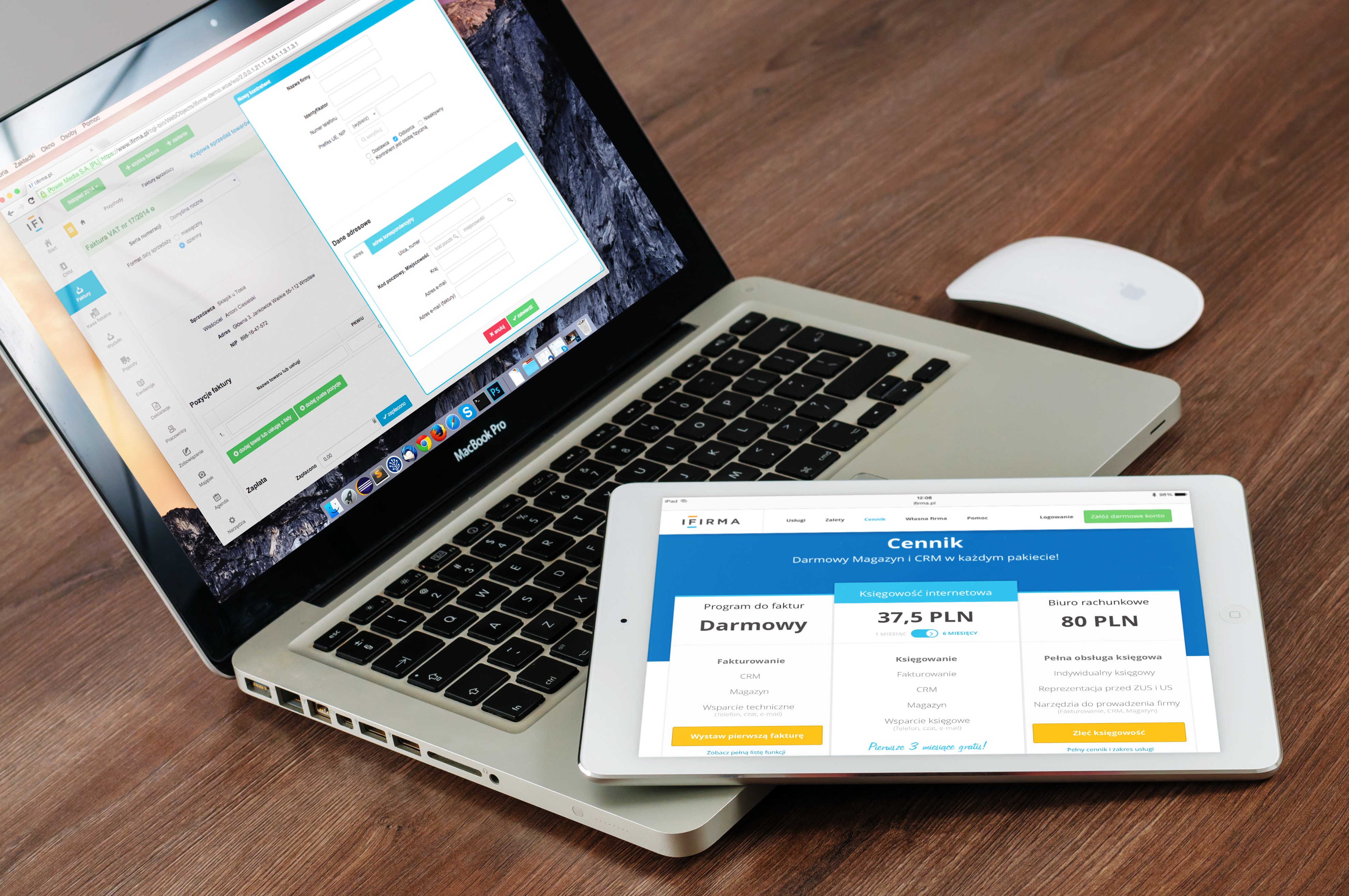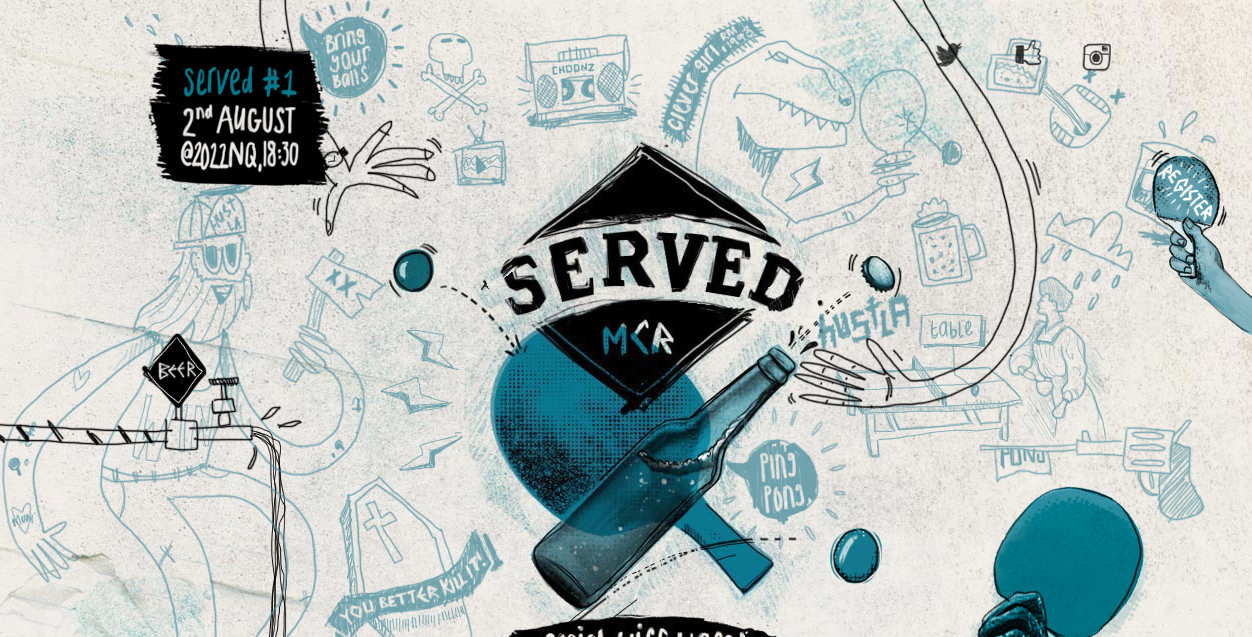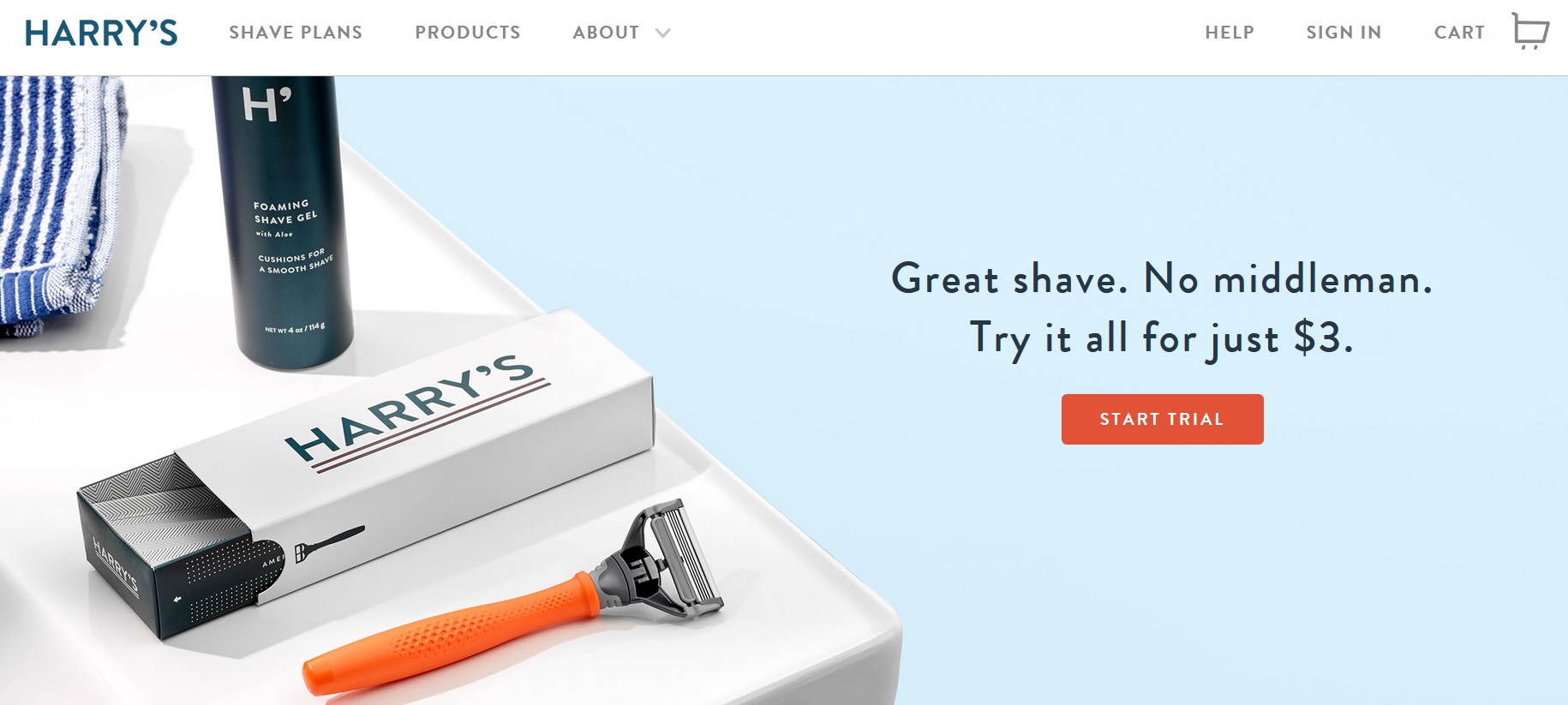(Guest writer: Nera Crus)
When people think about an effective web design, they usually consider aesthetics and visual appeal. However, apart from the visual aspect, a web design must also have a good user experience.
The combination of visual appeal and efficient user experience makes up for a persuasive web design. A persuasive web design is the one that entices users to purchase your products/services. In other words it can convert casual visitors into paying customers, thus optimizing your website’s conversion rate.
In the following write up I will discuss as how a persuasive web design can play a part in increasing your website’s conversion rate. Let’s take a look.
Knowing the conversion rates
Conversion is both the goal and the key in taking the next step in your online marketing efforts. When you have your audience sign up for a newsletter, register an account, join a contest, follow your social media accounts, share your content etc., it indicates that you have already successfully converted them from passive observers into active participants.
Knowing your conversion rate is very important. The industry average is around 2.35%, and top 10% websites (in their particular industries/niches) tend to have as high as 10% or higher.
If you are able to achieve 3% conversion rate, it tells you how much you have succeeded in convincing them through your site’s content. It tells you whether you hit your mark or miss it.
Benefits of persuasive web design
No matter how attractive your web design may be, it’s not good enough if it no affect on the conversion rate. A good web design must include solutions to any possible problems, and must be convincing enough for users to be converted.

A persuasive web design can help you stack the deck in your favor by building trust and confidence with the users in order to have them respond positively to your call-to-action.
Improving the visual appeal
There must be special emphasis on the visual appeal of a website becuase, after all, before you can capture the heart, you must first catch the eyes. People process visuals 50 times faster than text. You would want to have more of your message conveyed through visuals rather than walls of text that visitors have to trudge through, or may simply ignore.
It takes just 50 milliseconds for people to make a snap judgment about anything. First impressions do matter. It may make them decide immediately whether they like your site or not. It is always best to have a balance of excellent content and highly appealing visuals.

The same can be said with how it stacks up to usability. Your site can be the most usable one out there, but it will not do well if it falls short in visual appeal. Therefore, usability and good content are supported by visual appeal and vice versa.
Clarity as top priority
While it is good to make the layout and design of your website look attractive, making your content simple and clear also matters a lot. Web design can’t be persuasive if the visual elements do not convey a clear message.
Clarity of the message must be regarded as one of the most important factors in the design. State what needs to be known as directly and succinctly as possible. People want to quickly find all the information they need on a website, and that should be your goal.

A users can only be converted into buyers when they visit your site, are able to immediately ascertain what your business is all about, you offers, and how useful you could be to them.
Product specific design
Your site must immediately reflect what your business is all about. It has to highlight your products or services right at the first glance. Focus on the product or service itself. For instance, if you sell carpets, just show carpets, period.

However, just putting your products or services on display may not be enough to arouse your audience’s interest. Highlighting the success of your business products or services can help in showing users how good are you in your trade. You may feature the product/service you’re particularly good at, so visiting users may be lead to make a purchase.
Add user-friendliness
This seems to be a given, but can’t be overstated enough. As mentioned above, usability goes hand-in-hand with the visuals, and shouldn’t be ignored in favor of other factors. Visual appeal may draw users in, but a site being unusable can turn them away just as quickly.

Your goal should be to have users fulfill their purpose on your site with as few steps as possible, thus streamlining the process and minimizing complications. That helps with conversion as more users can be expected to go all the way through with your call-to-action.
Abandonment is what you are trying to prevent here. If a process is too complicated, your abandonment rate would go higher as users can get frustrated enough to not bother with completing the purchase.
Likewise, creating a simple and efficient check-out page on your website adds a lot to its overall user-friendliness. Users can be quite fickle with these things, that is why taking the kinks out, and simplifying the payment process as much as possible is a must.
Conclusion
Persuasive web design lends a big hand in converting you visits into purchases. Learning how to harness its power can significantly increase chances of online success. It should be a part of your online repertoire as an entrepreneur. If you have your own ideas on how web design can be persuasive and encourage conversions, please tell us about them in the comment section below.
Read Also: Web Design Trends: How To Decide What Works
(This guest post is written by Nera Crus for Hongkiat.com. Nera is a technical writer and web merchandiser for various online marketplaces around the globe since 2011. She gained tons of experience working with several e-commerce platforms. She spends most of her free time selling her fashion products online.)
The post How to Optimize Conversion Rate with Persuasive Web Design appeared first on Hongkiat.